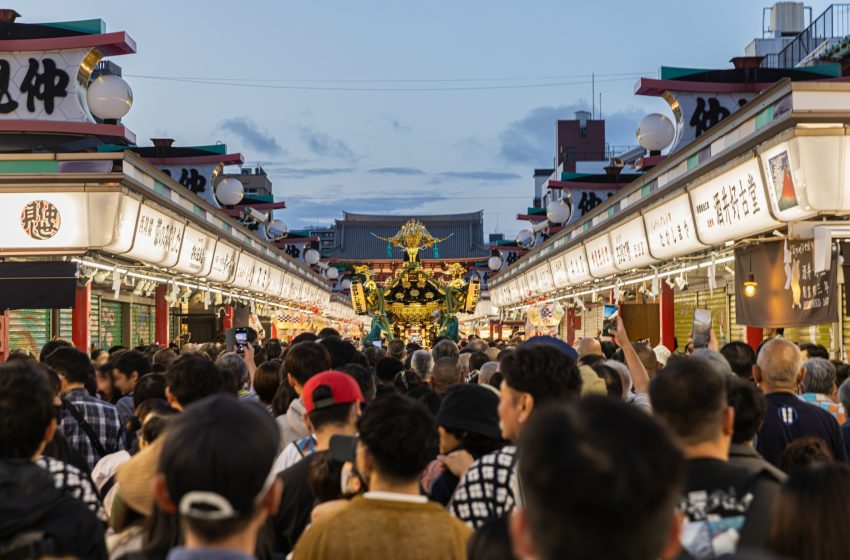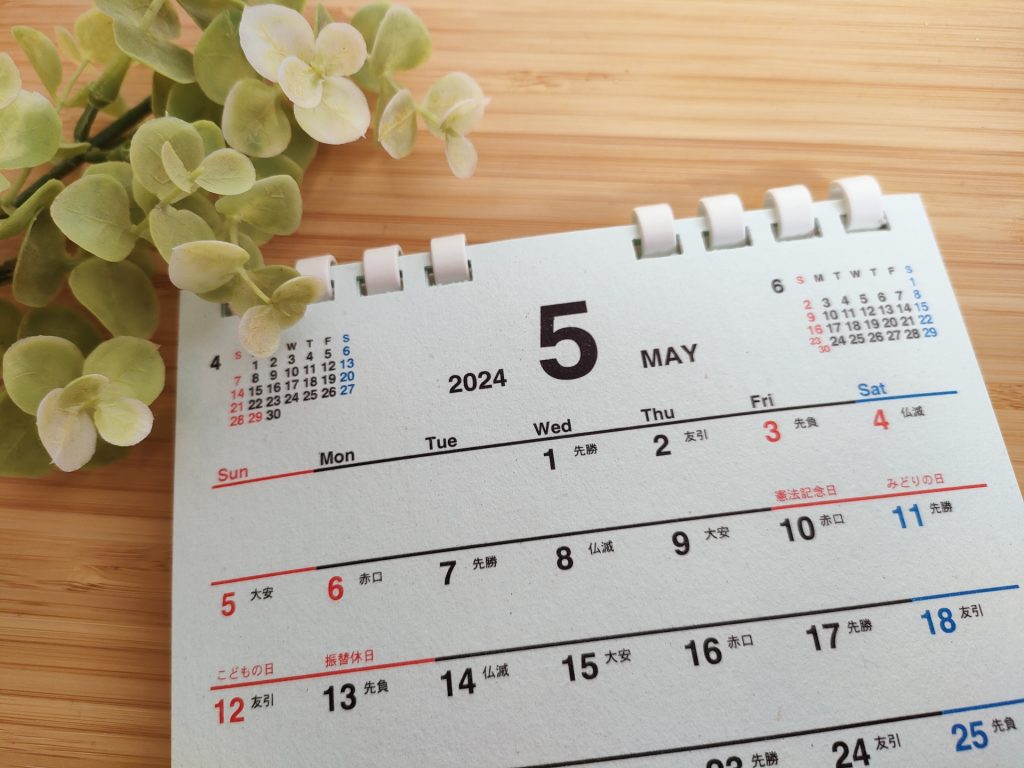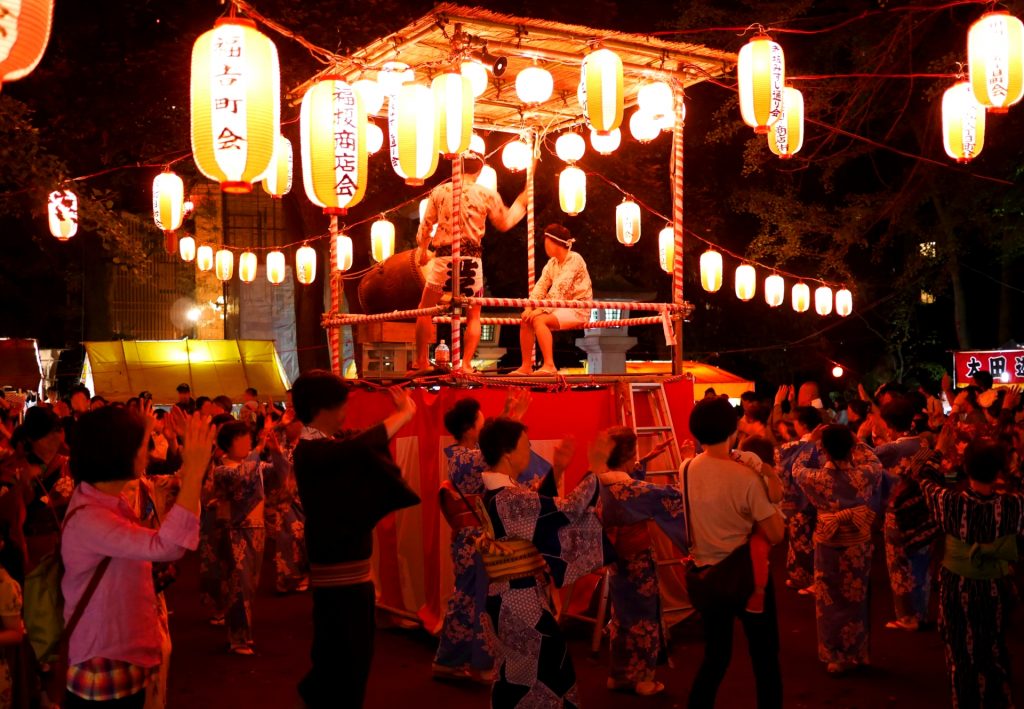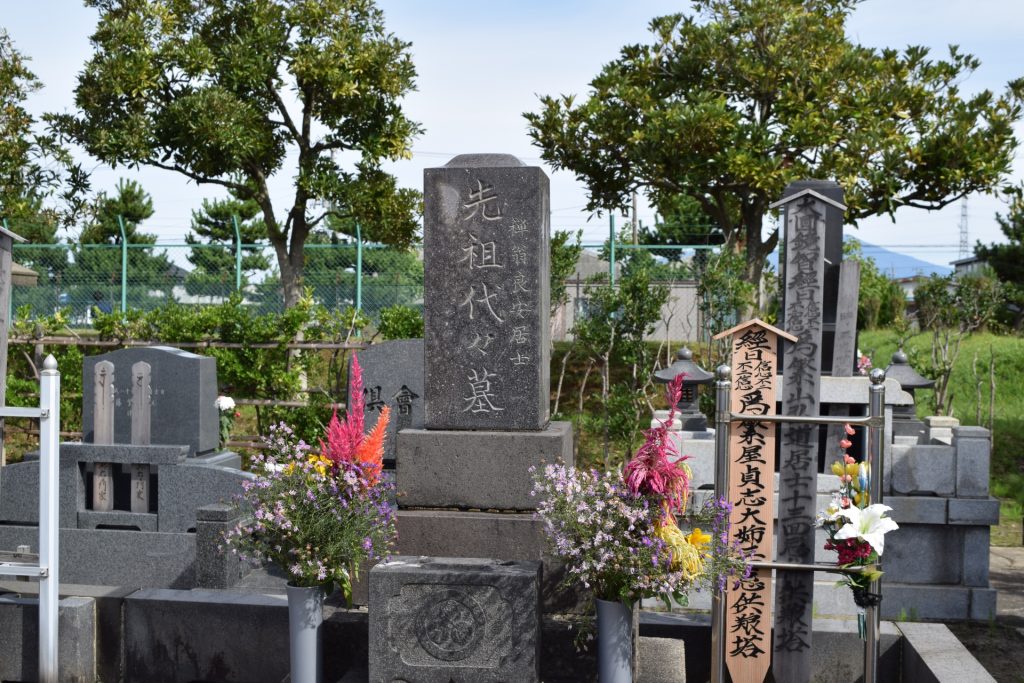
Navigating Japan’s Peak Travel Seasons: A Guide for Visitors
Traveling to Japan offers an enriching experience no matter the season, yet understanding the country’s travel peaks can greatly enhance your trip planning and experience. Japan’s peak travel times are primarily centered around major holidays and seasonal transitions, which influence both the flow of domestic and international tourists. Knowing these periods can help you avoid the crowds or immerse yourself in Japan’s festive traditions, depending on your travel preferences. Let’s explore the peak travel seasons in Japan and provide tips on how to navigate them.
1. New Year (Shogatsu)
The New Year holiday is one of the most significant and busiest travel times in Japan. It runs from December 29 to January 3, with many people taking extended time off to visit family or embark on leisure trips. During this time, many Japanese return to their hometowns in a tradition known as “U-turn rush,” making transportation and accommodations booked heavily and crowded. It’s a beautiful time to experience Japan’s traditional New Year celebrations, but expect heavy crowds at temples, shrines, and tourist spots.
2. Golden Week
Golden Week in late April to early May is another major peak season, comprising several national holidays. During this week, many Japanese take leisure trips, resulting in packed transport systems and tourist attractions. Key dates include April 29 (Showa Day), May 3 (Constitution Day), May 4 (Greenery Day), and May 5 (Children’s Day). Travel and accommodation prices are higher during this period, and popular spots are crowded with travelers.
3. Obon Festival
Obon is a Buddhist event for commemorating one’s ancestors, occurring around mid-August. Many Japanese take time off to return to their ancestral homes, making it a busy travel time similar to the New Year. The exact dates of the Obon vary by region, but the peak generally falls around August 13 to 16. During Obon, you can witness traditional dance festivals like Bon Odori, but traveling around Japan can be challenging due to increased local travel.
4. Sakura Season
Late March to early April marks the cherry blossom (sakura) season, a time when many locals and tourists flock to parks and riversides to enjoy the blooms. The exact timing of sakura season varies by location and year-to-year based on weather conditions. While this is a visually stunning time to visit, popular cherry blossom spots can be very crowded, and prices for hotels and flights often rise.
5. Autumn Foliage
From late October through November, Japan experiences another tourist peak as the autumn leaves change colors. This koyo (autumn foliage) season attracts many travelers, particularly to parks and mountainous areas known for spectacular autumn colors. Like the cherry blossom season, popular spots can get very crowded, but the scenery is breathtaking.
Tips for Traveling During Peak Seasons
- Book Early: Accommodations, flights, and train tickets sell out quickly during peak periods. Book as far in advance as possible.
- Travel Off-peak: Consider visiting less popular destinations or traveling on weekdays instead of weekends to avoid the biggest crowds.
- Be Prepared for Crowds: Pack your patience and be ready for longer waits and busier attractions.
- Experience Local Festivals: Peak seasons often coincide with cultural events and festivals, offering a unique glimpse into Japanese traditions.
Conclusion
Visiting Japan during one of its peak travel seasons lets you experience the country in full festive mode but requires careful planning and flexibility. By understanding these busy periods and preparing accordingly, you can make the most of your trip, whether you’re there for the vibrant celebrations or the breathtaking natural beauty.




